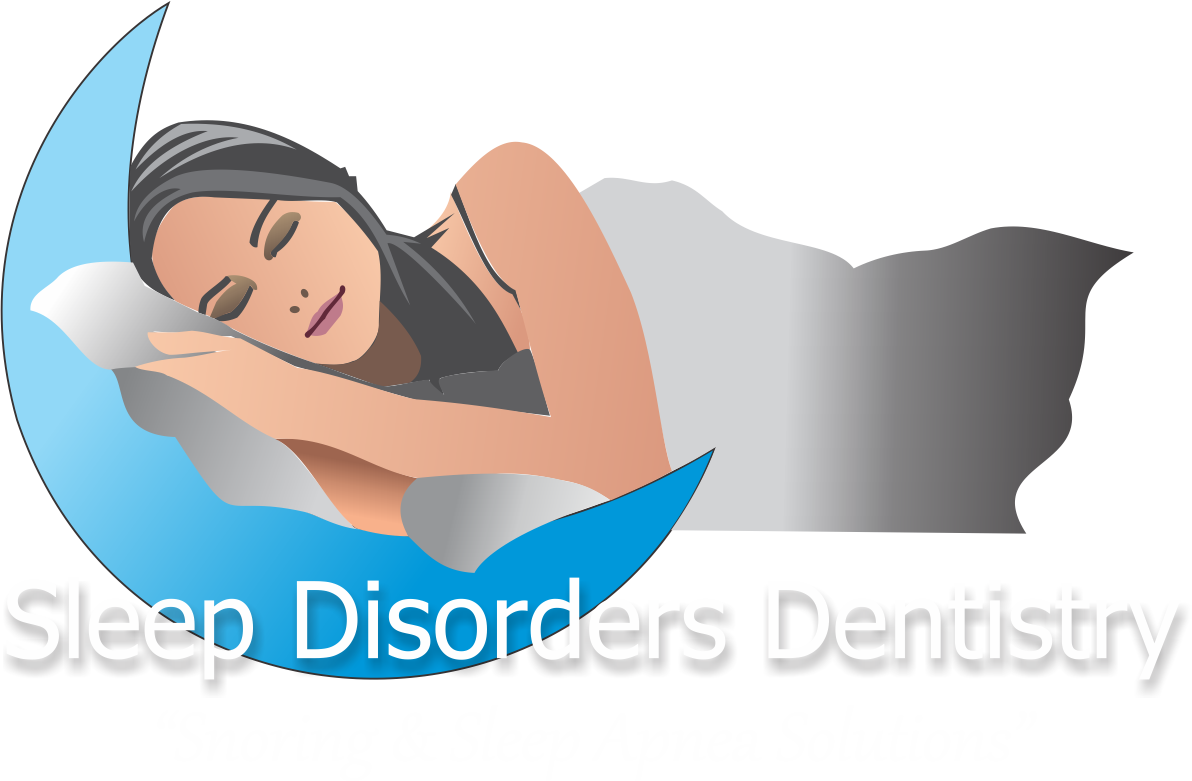2015 AASM/AADSM Guidelines: Requires Doing the Right Thing
I have to admit, I was very excited to hear the 2015 oral appliance guidelines being presented at this years AADSM meeting in Seattle. However, I was expecting something a little clearer. After all, we went from having no guidelines where pretty well all MD’s thought oral appliances were the equivalent of witchcraft, to the 1995 guidelines that CLEARLY indicated oral appliances for snoring and mild sleep apnea, to the 2006 guidelines that CLEARLY indicted oral appliances for snoring, mild and moderate sleep apnea. Now what, sitting there I was being told this was good but what I heard did not excite me, I didn’t hear what I thought I was going to hear. Instead, I was left confused. However, I realized that a lot of work went into writing the new guidelines, by very intelligent people at that. So, perhaps my confusion stemmed from my expectations and hopes rather than from what the guidelines were stating. Let’s take a look in straight forward English at what the guidelines say. It’s good news, but it requires everyone doing the right thing!
First off, let’s summarize the research review findings that were used to actually establish the new guidelines. (Taken from the guideline document)
· All levels of OSA severity
o Oral Appliances significantly reduce AHI/ RDI/ REI
o No significant difference in mean reduction in AHI using Oral Appliances Vs. CPAP
· Mild OSA severity
o No difference between Oral Appliances and CPAP in achieving target AHI/ RDI/ REI
· Moderate to Severe OSA severity
o Odds of achieving target AHI greater with CPAP than with Oral Appliances
Obviously, the literature continues to robustly support the use of Oral Appliances to manage OSA.
A finding I found interesting was that although there has been a great deal of effort to establish factors that predict success with an oral appliance, to date, there is no overwhelming support in the literature for any one method. So, there is work to be done in this area. Another interesting and favorable literature finding was support for patient preference, suggesting that the sleep physician should consider patient preference for Oral Appliance therapy Vs. CPAP before prescribing therapy.
So let’s summarize the new guidelines:
1. Oral Appliances are recommended for Primary Snoring for patients who fail conservative measures (such as weight loss, positional therapy, and avoiding alcohol) and request further treatment. (As opposed to no therapy).
2. When an oral appliance is prescribed by a sleep physician for management of OSA, a qualified dentist should use a custom, titratable appliance.
3. Sleep physicians should consider prescribing an oral appliance for patients intolerant of CPAP or preferring alternate therapy. (As opposed to no therapy)
4. Qualified dentists should provide oversight of oral appliance therapy, to survey dental-related side effects / occlusal changes and reduce their incidence. (As opposed to no oversight)
5. Sleep physicians should conduct follow-up sleep testing to improve or confirm treatment efficacy for patients fitted with an oral appliance. (As opposed to follow-up with no sleep testing)
6. Patients treated with an oral appliance should return for periodic office visits with a qualified dentist and a sleep physician. (As opposed to no follow-up)
Once again, I wish this were clearer, we know the “snoring” category belongs to Dentistry, but what’s going on with OSA? It almost seems like they went backward and took away mild and moderate sleep apnea! But, that’s not the case. In essence, an oral appliance can now be considered for all levels of OSA severity (mild, moderate and severe), if the patient fails or refuses CPAP, or even if they simply prefer an Oral Appliance to CPAP. The subtle but meaningful difference from the 2006 guidelines is the “patient preference” portion.
Another point that has created much confusion, discussion and controversy is that the guidelines seem to suggest that “only a Sleep Physician” can write a prescription for an Oral Appliance. What about a Cardiologist, ENT, Primary Care Provider etc., as physicians, they have been writing prescriptions for an Oral Appliance since day one. Now what? Are we to tell a referring Cardiologist that his prescription is not adequate? There has been much heated debate over this both privately and on online discussion groups. Quite frankly, I can understand why, in some geographical regions, such a change could devastate a Dental Sleep Medicine Practice that a clinician has spent many years building. However, I obtained clarification directly from the AADSM on this issue. The response was simply this,
“The guideline allows for any physician to write the prescription”
“OSA is a chronic disorder and therefore would be best diagnosed and followed by a sleep physician in cooperation with any other healthcare providers the patient may be going to for treatment”
Although I did not enquire about Home Sleep Testing (HST), the AADSM felt it important to also clarify the following,
“home sleep apnea testing must be ordered by a physician who has conducted a face-to-face clinical evaluation of the patient, and the test results must be interpreted by a board certified sleep medicine physician (i.e., a “sleep specialist”)”
So, now that we understand exactly what the new guidelines mean, it will be up to us to help the physicians hear about them and help them understand what they mean. After all, maintaining the status quo is the default position for most people and these new guidelines shake things up for everyone. Everyone will have to change their paradigm to apply these new guidelines, and the lack of SPECIFIC guidance as to when Oral Appliances are indicated as first line therapy requires clinicians “Doing The Right Thing”. As Sleep Disorders Dentists we will have to learn to speak to physicians with confidence about what these guidelines mean and of course that starts by having an intimate understanding of them. Here’s to Doing The Right Thing!

